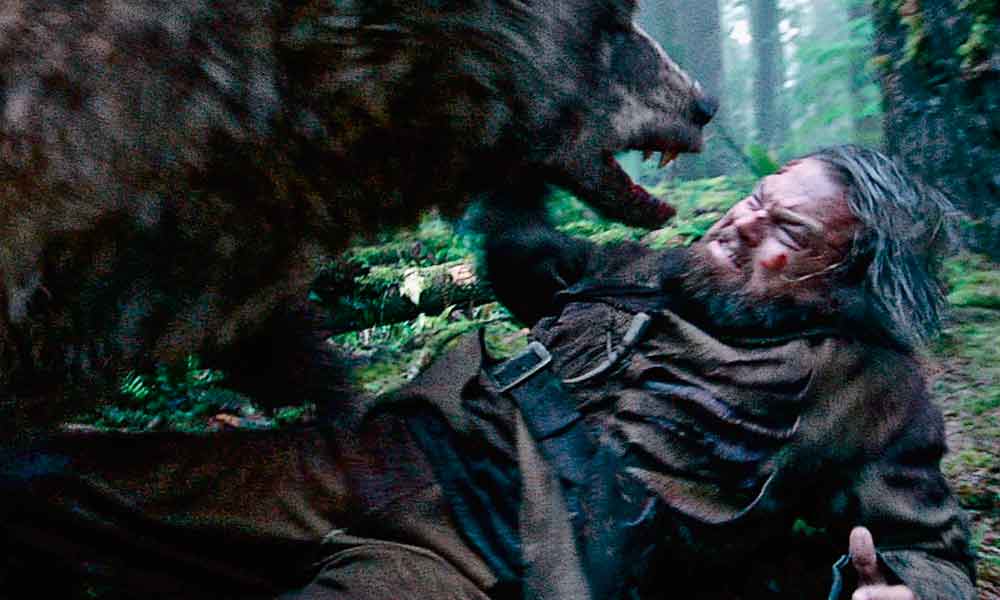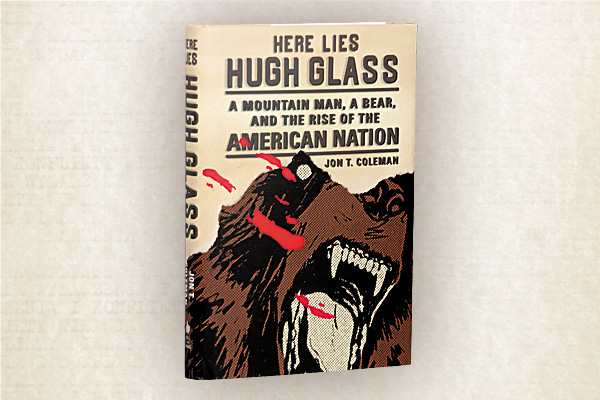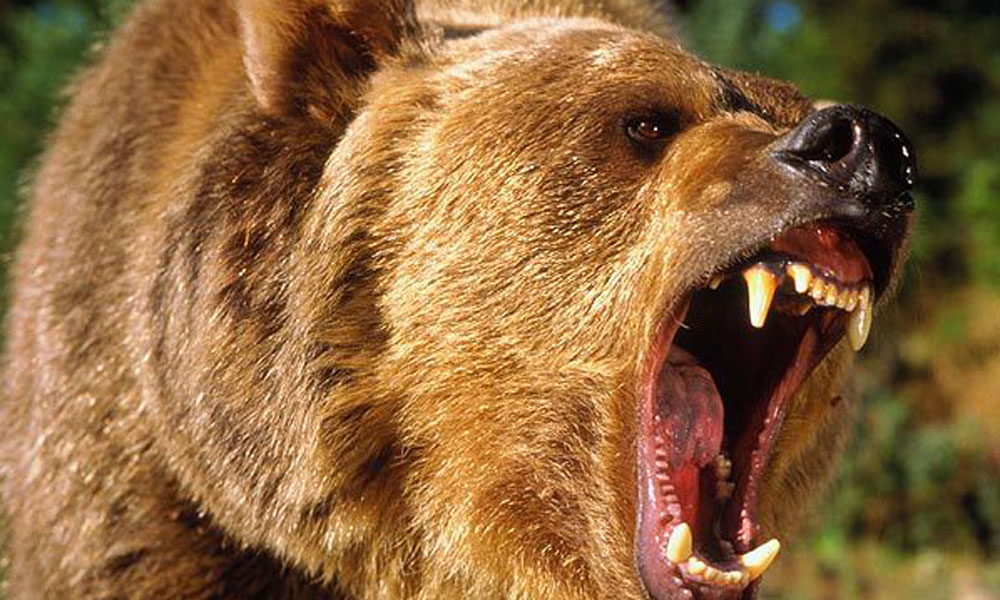
Warning: Spoilers follow.
The true odyssey of Hugh Glass is a fabulously thrilling action drama about one man’s obsession to survive under the most horrific conditions, offering up a lofty teaching of redemption, forgiveness and transcendence beyond brute violent retribution. Hollywood’s The Revenant makes a credible attempt to factually document his odyssey, as much as is possible, given the many disparities and contradictions in the folk legend of the American frontiersman who, in 1823, was among the first Europeans to explore the Upper Missouri River region. Yet several flat-out falsehoods inexcusably detract from the authenticity of the film.
First, though Glass is known to have lived with the Pawnees years before he joined Gen. William Henry Ashley’s fur expedition in 1823, he did not have a Pawnee teenage son who accompanied him on the expedition. Furthermore, that son was not killed by John Fitzgerald, when he and Jim Bridger stayed back with Glass after he had been mauled by a grizzly bear and lay on the verge of death. The true history is: When Fitzgerald and Bridger eventually abandoned Glass, thinking he was already dead or near-death, and stripped him of all the weapons he needed for his survival, that abandonment created enough burning desire for revenge in Glass to motivate him to survive just to seek retribution upon the two frontiersmen. The film’s contrived murder scene between Fitzgerald and the Pawnee was unnecessary.
Perhaps the most grievous historical transgression is the knife fight between Glass and Fitzgerald. This fantastical violent scene denigrates the most powerful moral of the Glass saga that forgiveness and transcendence can triumph over revenge. Glass never killed Fitzgerald. He traveled hundreds of miles to Fort Atkinson in modern-day Nebraska, where Fitzgerald had enlisted in the U.S. Army’s 6th Brigade, to confront Fitzgerald and retrieve the rifle stolen from him. Glass also tracked down Bridger, in Montana, and forgave him. The Revenant missed this story of redemption by bastardizing the ending with Glass murdering Fitzgerald.
One last glaring transgression was the decision to film The Revenant at the southern tip of Argentina. Glass’s survival story actually took place on the plains and prairies of present-day Montana, North Dakota and South Dakota, and the Platte River area of Nebraska. The South American setting detracts from the story’s authenticity.
Most creative treatments of the Glass story focus on the aspect of revenge (a possible exception is 1971’s Man in the Wilderness, which, although also about revenge, does end on forgiveness). In the 21st century, with so much rampant violence and revenge being carried out against people everywhere, what the world desperately needs most are not films that herald revenge, but works that instead herald forgiveness and transcendence. Unfortunately, The Revenant falls far short.
Jerome Irwin is the author of The Wild Gentle Ones: A Turtle Island Odyssey. He once lived with the Crow Creek Sioux along the old Fort Thompson stretch of the Missouri River, which Hugh Glass passed during his survival odyssey.





